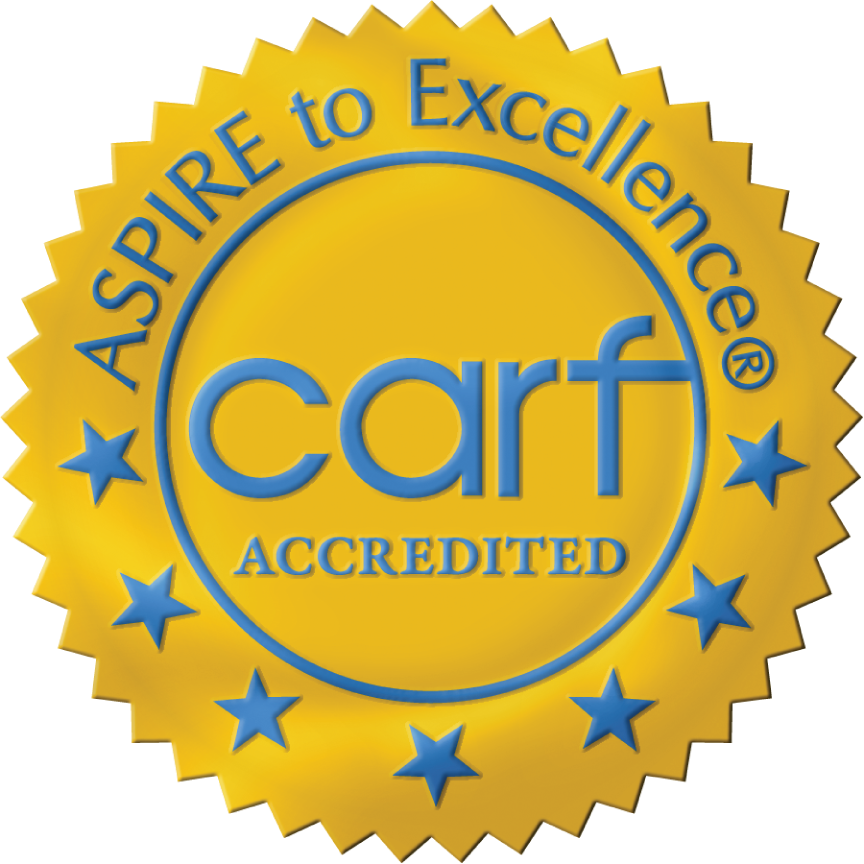
What is Prescription Drug Addiction and What Causes It?
Prescription drug addiction is a dangerous and prevalent issue. Despite the severity, even those affected by it have many questions on the topic. Here, we’ll look into what prescription drug addiction is, what causes it and the signs to look out for.
What is prescription drug addiction?
According to the Harvard Medical School, prescription drug addiction is defined as the development of a dependence on prescription medicine to the point that withdrawal symptoms occur when the body is deprived of the drug.
Anyone can misuse prescription drugs— both those who have prescriptions and those who don’t. Obtaining and using prescription drugs from someone else is always illegal, but that doesn’t mean it’s not common. The National Center for Drug Abuse Statistics states that roughly 6% of Americans over the age of 12 abuse prescriptions each year.
What are prescription drug addiction triggers?
It’s tempting to look for one single answer to the problem of prescription drug addiction, but often there are multiple factors and causes that contribute to the onset of substance use. The various causes of addiction can be categorized into two categories: risk factors and life events.
Risk factors
Risk factors are variables that are generally out of a person’s control, or are difficult for a person to prevent. According to Mayo Clinic, the following risk factors are potential symptoms of a prescription drug addiction:
- Family history of addiction: genetics can come into play in the onset and intensity of an addiction;
- A mental health disorder: according to the Substance Abuse and Mental Health Services Administration, there is a high rate of comorbidity between addiction and mental health disorders;
- Low family involvement: those who have stronger bonds with family members (parents, caregivers, siblings, etc.) are less prone to prescription drug addiction;
- Early use: experimenting with substances at a younger age increases the risk of an addiction later on;
- The addictiveness of a drug: opioids and prescription pain medications are typically more addictive than other substances.
Risk factors often affect a person at a young age and can be hard to manage. Building up protective factors, like a good support system, are essential to mitigate these negative factors.
Life events
Some individuals feel that a particular life event spurs the beginning of an addiction. However, it’s typically a combination of risk factors and specific hardships that contribute to prescription drug addiction.
Here are some common prescription drug addiction triggers to watch out for:
- Job loss;
- Death of a loved one;
- Financial difficulty;
- A divorce or breakup;
- An experience of trauma, such as a car accident or natural disaster;
- A diagnosis of a physical or mental health condition.
There are many events that could lead to heavy drug use. Perhaps the most common prescription drug addiction trigger is chronic pain. Many individuals who start abusing prescription medication for pain relief end up trapped in an addiction.
In fact, according to the National Institute on Drug Abuse, between 21 and 29 percent of those prescribed opioids for pain misuse them. If you’re worried that the drugs you’ve been taking for pain management have taken over your life, it’s time to talk to your doctor.
What are the signs of prescription drug addiction?
Recognizing what a prescription drug addiction is (either in yourself or another) can be tricky. Even if you’re using legitimately prescribed medications, there is still the possibility of addiction. Here are some prescription drug addiction signs:
- Withdrawal symptoms when the drug is not consumed;
- Needing more and more of the drug for the same level of pain relief;
- Nausea, vomiting, trembling, sweating and other physical symptoms that aren’t due to another condition;
- Anxiety and depression;
- Difficulty concentrating or remembering important information;
- Changes in sleep and appetite;
- Muscle soreness;
- Depressed breathing;
- Dizziness;
- Requesting early refills on prescriptions;
- Obtaining prescriptions from multiple doctors;
- Missing commitments for drug-related reasons;
- Obsessive thoughts about the drug;
- Switching to stronger and more addictive substances;
- Changes in mood;
- Using illegal means to obtain drugs.
There are many prescription drug addiction symptoms to look out for, and the above list is just a starting point to get you thinking about whether drug use has escalated out of your control.
How can I pursue prescription drug addiction recovery?
If you’ve noticed these prescription drug addiction signs in yourself or a loved one, it’s time to get serious about recovery. Sobriety isn’t easy, but it’s much preferable to a life chained down by drugs. Get the physical and mental intervention you need with Bluff today.









